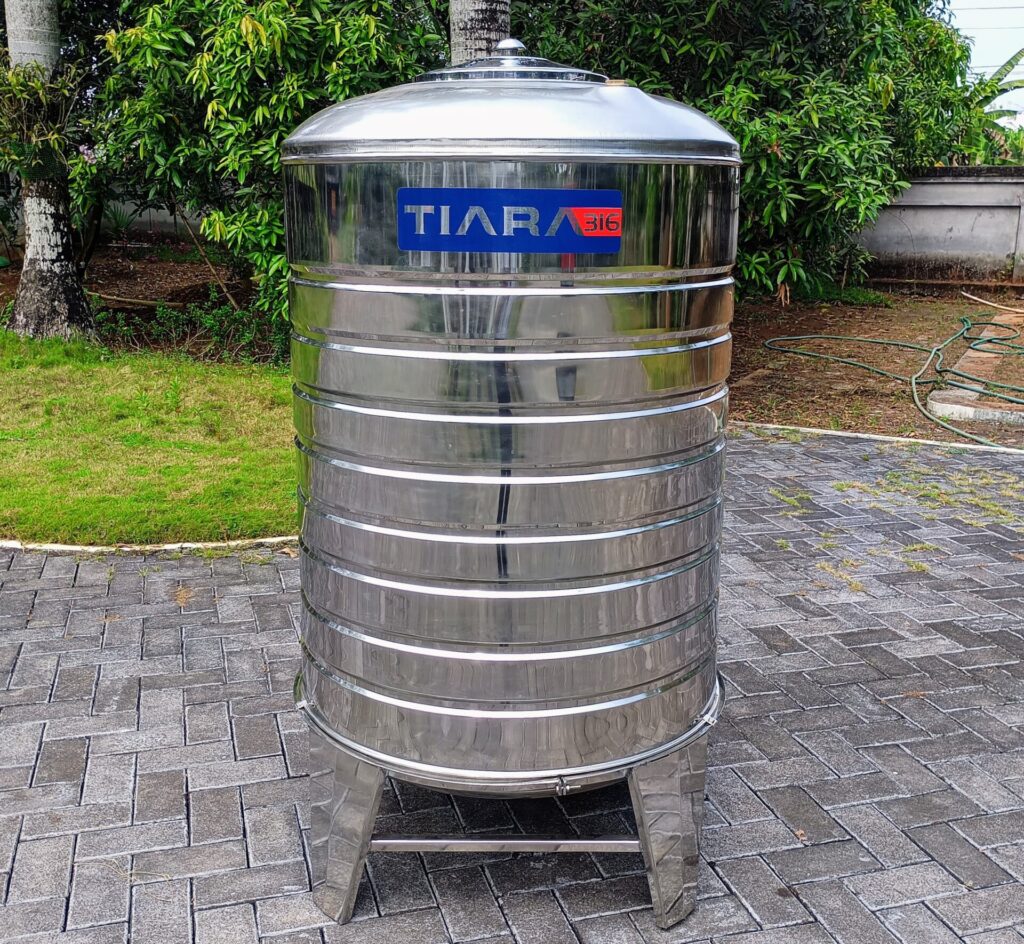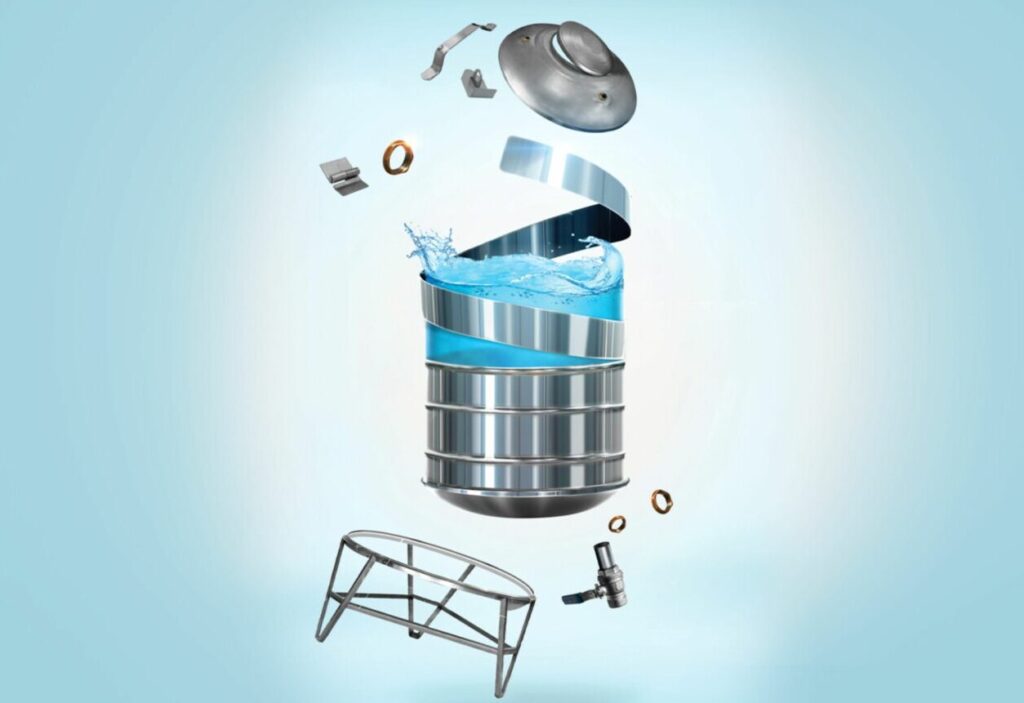
In the quest for better health and hydration, alkaline water has gained popularity due to its purported benefits, including enhanced hydration and improved pH balance. Maintaining the optimal pH levels of alkaline water requires careful management, and one effective way to achieve this is through the use of stainless steel tanks. These tanks play a crucial role in preserving the quality and stability of alkaline water, providing both practical and health-related advantages.
The Significance of Alkaline Water
Alkaline water is characterized by a higher pH level compared to regular tap water. It typically has a pH of 8 or 9, as opposed to the neutral pH of 7. Advocates of alkaline water assert that it has the potential to neutralize body acidity, enhance hydration, and promote overall well-being. However, to ensure these benefits, it is essential to maintain the water’s alkaline properties over time.
The Role of Stainless Steel Tanks
Stainless steel tanks are increasingly used for storing and maintaining alkaline water due to their unique properties. Here’s how they contribute to preserving the desired pH levels:
Chemical Resistance: Stainless steel is highly resistant to chemical reactions. This is crucial for alkaline water, which has a higher pH and can react with certain materials, potentially altering its composition. Unlike other materials, stainless steel does not interact with the alkaline water, ensuring that the pH levels remain stable.
Non-Reactivity: Unlike plastic tanks, which can leach chemicals into the water and affect its quality, stainless steel tanks do not impart any substances into the water. This non-reactivity helps maintain the purity of alkaline water, preserving its beneficial properties.
Durability and Longevity: Stainless steel is known for its strength and resistance to corrosion. This durability ensures that the tanks can withstand long-term use without deteriorating or affecting the water quality. Over time, this stability helps in consistently maintaining the alkaline water’s pH levels.
Temperature Regulation: Stainless steel tanks have good thermal conductivity, which helps in regulating water temperature. This is particularly useful in maintaining the stability of alkaline water, as extreme temperatures can sometimes affect pH levels. By keeping the water at a consistent temperature, stainless steel tanks contribute to preserving its alkaline properties.
Hygiene and Cleanliness: The smooth surface of stainless steel is less likely to harbor bacteria or other contaminants compared to rougher materials. This ease of cleaning and maintenance ensures that the water remains uncontaminated and its alkaline balance is not disrupted by external factors.

Practical Considerations
When using stainless steel tanks for storing alkaline water, it is essential to ensure that the tanks are of high quality and properly maintained. Regular cleaning and inspection help prevent any potential issues and ensure the tanks continue to provide the benefits they are designed for.
Additionally, choosing tanks that are appropriately sized for your needs can help in managing the water supply effectively, avoiding any unnecessary exposure to air or contaminants that could affect the pH levels.
Conclusion
Stainless steel tanks offer a reliable solution for maintaining the alkaline levels of water, thanks to their chemical resistance, non-reactivity, durability, and hygienic properties. By using these tanks, individuals and organizations can ensure that the alkaline water retains its beneficial properties, providing consistent health benefits. As the demand for alkaline water continues to grow, stainless steel tanks will remain an essential component in the effective management and preservation of this valued resource.


